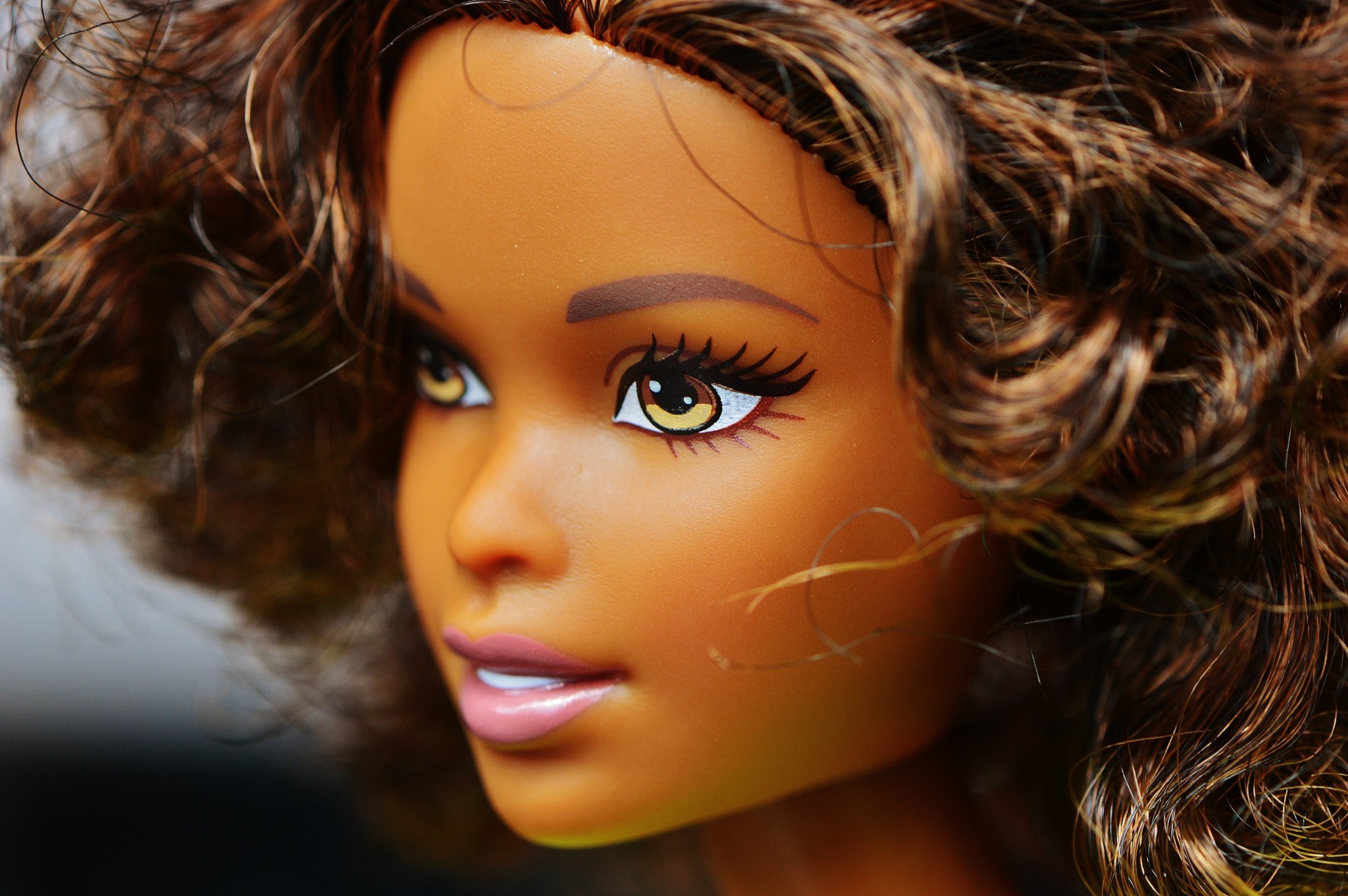Since the beloved Barbie started life in March 1969, she has always worn full makeup and a glamorous hairstyle. Down the decades, other big name dolls such as Cindy and The Bratz have followed her oh so dainty footsteps.
But some mums are now suggesting that the makeup and styling of children’s toys are far too adult; instead they should be much more child friendly. Mother-of-two Mim Hammonds even gives dolls ‘makeunders’.
No, nothing do with her living in Sydney, Australia. Mim paints over the exaggerated glossy pouts and long lashes and replaces them with thinner lips and nude (make-up free) eyes.
“My little hobby is about more than just transforming dolls,” she explained. “It is a way to pass on a message to young children to come just as they are, and to embrace all their perfect imperfections.
“Every one of my dolls is given a unique personality with likes and aspirations…They are appropriate for younger children, complete with crazy mismatched outfits just like little girls might choose to wear. They are girls that can climb trees, play in the dirt, do a cartwheel, jump in puddles, solve complicated problems, run fast, help others, be kind, daydream, throw their heads back and laugh.”
But not everyone agrees with Mim’s way of de-glamourising their daughter’s dollies. Blogger Veronica Florres points out that:
“Bratz dolls are stylized as ‘urban’ — that is, in the style of Black and Latina women in segregated and low-income neighborhoods across the United States. Bratz dolls have four characters, one of which is white, and all of whom wear the same ‘trashy’ style. And it makes me uncomfortable to see mainstream feminism praise the removal of characteristically Black and Latin style markers from these mostly brown dolls, and then call them more beautiful, particularly when the same styles — nail art, gelled baby hairs, full lips — are praised when they show up on the mostly white runways of Fashion Week or on a Kardashian. All while the dolls retain their thin builds; none of these recent ‘makeunders’ have modified the dolls’ thin, presumably able bodies to reflect the variety of bodies in which we exist.”
For Florres, therefore, ‘makeunders’ are as tinged with racism as glam dolls are full of misogyny.
What’s the local view? A 21-year-old mother from Woolwich said she would prefer ‘makeunder’ dolls when her three-month-old baby starts playing with them: “I don’t like the idea of her trying to live up to unachievable standards via a doll that I or someone close to me has supplied her with. When she wants to wear makeup and get glammed up, I won’t stand in her way if I feel she is around the appropriate age to do so. But until then I would rather her stay a child and enjoy her innocence while she can.”
Makeover or makeunder? The jury’s still out but there is a definite trend towards dressing down and keeping it real – at least as far as our daughters’ dolls are concerned.
Photograph by Alexa_Fotos of Munich, obtained from Pixabay, used with permission.




